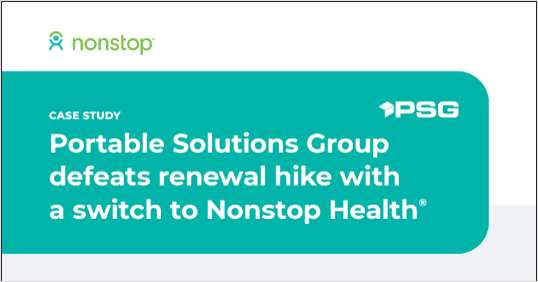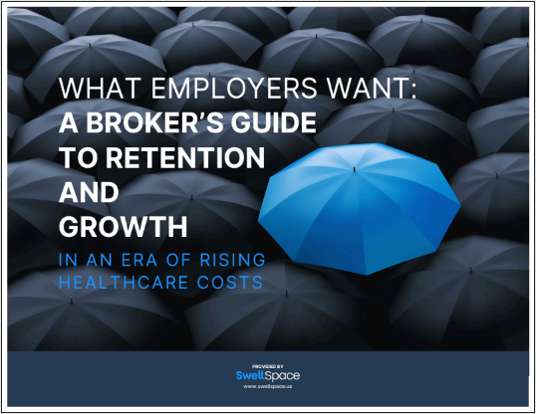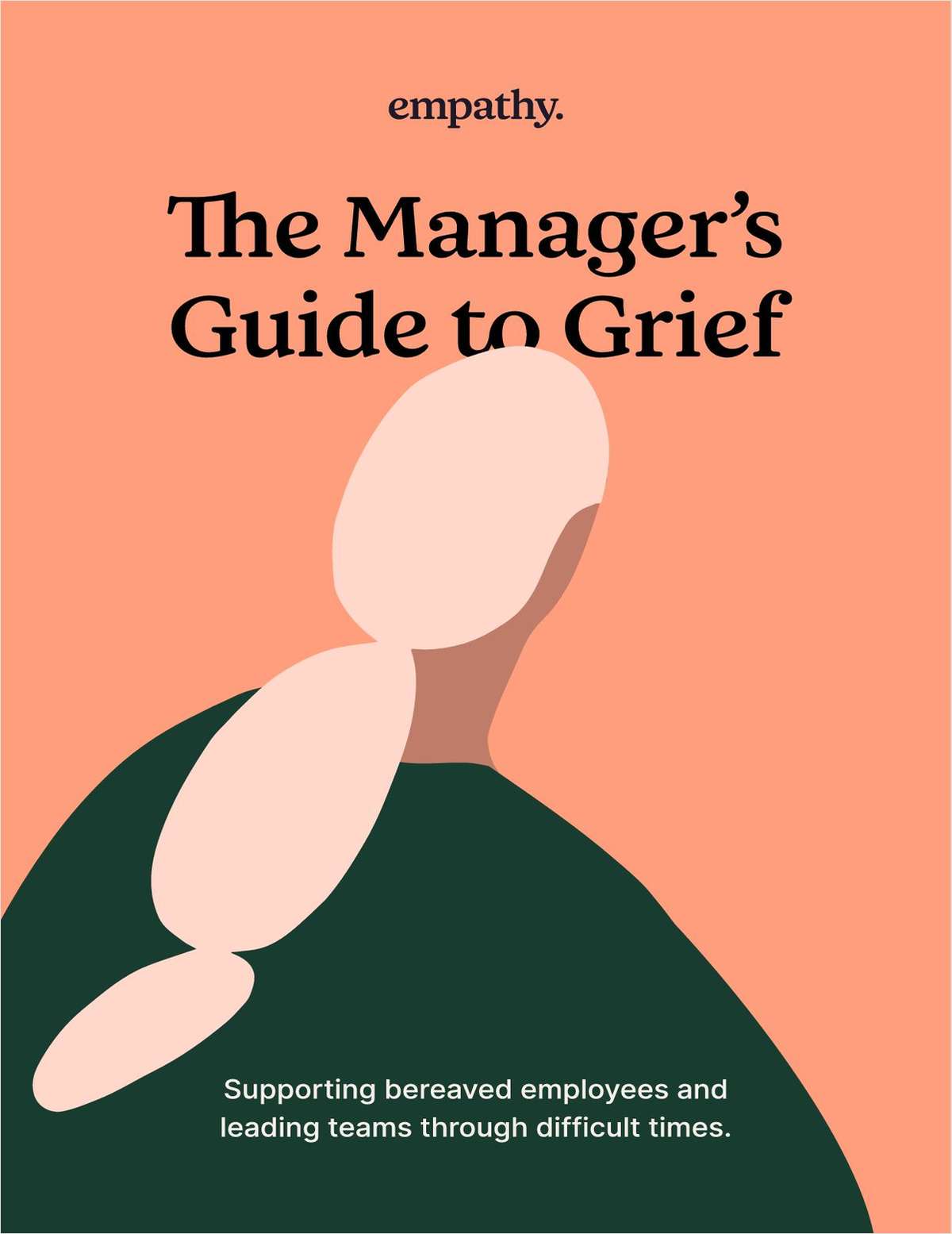 (Photo: Shutterstock)
(Photo: Shutterstock)
Trade show. The two words have many meanings. It could be an annual conference for the industry or areas where you provide benefit plans. It could be an event put on by the Chamber of Commerce. It might be the statewide meeting for a professional association or an annual employee meeting for a company where you provide the benefit plan. What do all these events have in common? You have a booth and a table in a large room filled with rows and rows of other people staffing booths and tables. How do you make the most of your firm's investment?
- Get proper staffing. This should not be you, a booth and a table. What happens if you need a call of nature? When do you eat? Certainly not when you are sitting behind your booth. Bring extra people from your office. Hire extra hands if necessary.
- Stand, don't sit. You want to be lively and energized. Get onto the outside of your table. How many passersby stop to engage the person behind the table? Very few, unless they know you. Be animated. Thank people for attending the conference. Admire their scarves or ties.
- Tell your clients and prospects. You've seen this done before: "We will be at booth 123 in the main exhibition hall. Please stop by and say hello. Bring your friends." Let your clients know where you will be exhibiting. Greet them warmly. Perhaps you make plans to get together and have coffee.
- Pass out those free passes. Some shows provide guest passes to exhibitors to pass out. These are ideal for prospects because admission to the event has value. They will likely stop by your booth to thank you.
- Find out what the competition is doing. There will be other vendors selling other services. Some might be direct competitors. Do a few circuits of the exhibition floor to check them out and take notes. Have they come up with marketing ideas you might consider for future shows?
- Give visitors a reason to stop at your table. Do you have something to give away besides literature? You have seen the frequent TV ads for companies providing incentives with your company logo. Bear in mind many municipalities are restricting the use of disposable shopping bags at grocery stores. Do you have a low-cost giveaway, like reusable shopping bags made from recycled material?
- Develop a strategy for gathering prospect contact information. A standard strategy has been a prize raffle. Passersby either drop a business card in a jar or fill out an entry ticket. Perhaps you have a drawing every hour or every day. People love the chance to win free stuff.
- Make sure attendees know you are here. Trade shows often have a catalog with a description of each vendor and a map showing vendor locations in the exhibition hall. There are often advertising opportunities. Is it worthwhile having a display ad in the program to drive traffic?
- Present a seminar. Conferences are usually organized as educational events. There are often several tiered venues for presenting workshops. One venue might be a theater your firm sponsors. There are continuous talks by different speakers. Another is the one presentation workshop. Different firms each feature a speaker during an advertised timeslot. If there is a main platform during the conference, they might have a series of two-minute spots when different speakers share a quick idea as the organizers set up for the next major presentation. What does it take to get a speaking slot?
- Know who you want to meet and make it happen. You have certain high-profile prospects. They will be in attendance. Because they are busy, it's unlikely they will walk by your booth. How can you get face time? Can you buy them breakfast or take them out to dinner?
- Always follow up. You spent money to be here. You gathered contact information. What happens next? How do you put these new people into your pipeline, converting visitors into prospects and eventually clients? You need a strategy. It doesn't happen on its own.
Related: Selling employee benefits: 2 proven strategies for discovering new business
Your firm spent money to be represented at this event. You want to get maximum value and future business from being present.
Continue Reading for Free
Register and gain access to:
- Breaking benefits news and analysis, on-site and via our newsletters and custom alerts
- Educational webcasts, white papers, and ebooks from industry thought leaders
- Critical converage of the property casualty insurance and financial advisory markets on our other ALM sites, PropertyCasualty360 and ThinkAdvisor
Already have an account? Sign In Now
© 2024 ALM Global, LLC, All Rights Reserved. Request academic re-use from www.copyright.com. All other uses, submit a request to [email protected]. For more information visit Asset & Logo Licensing.








